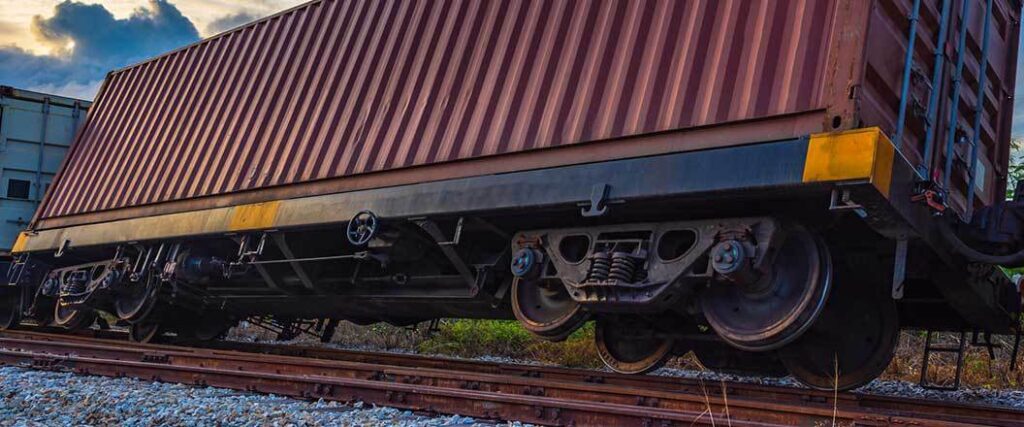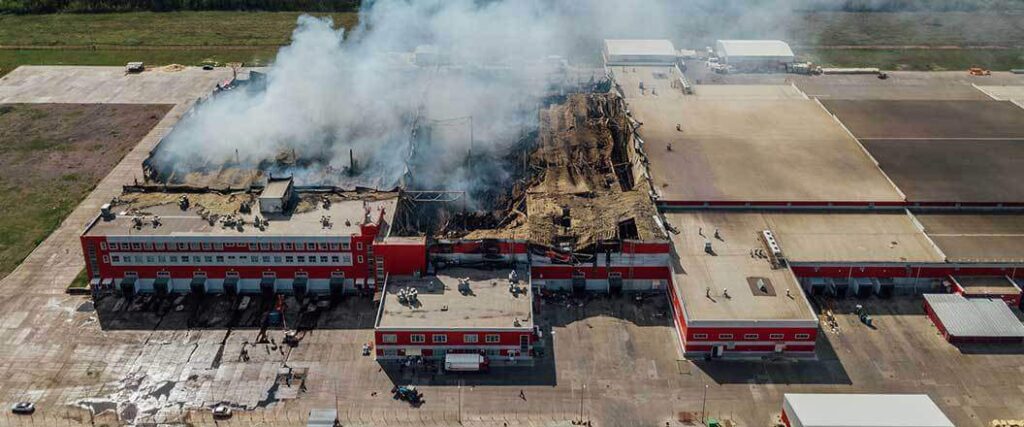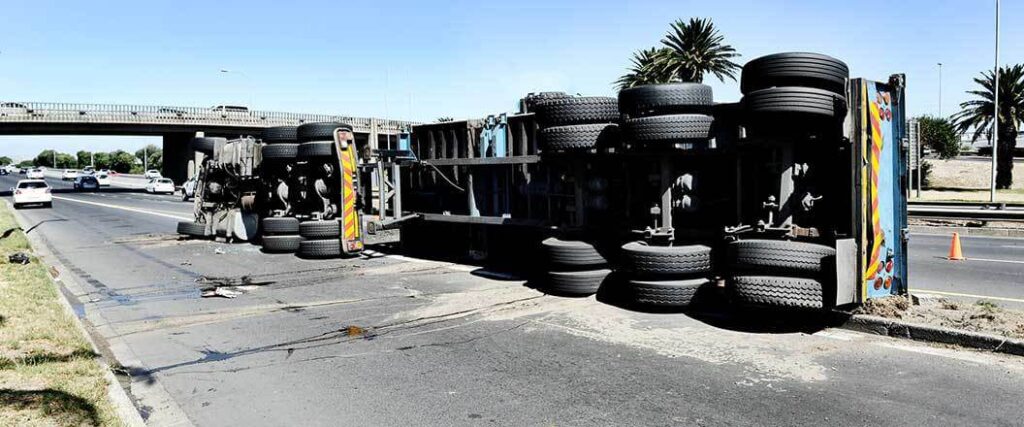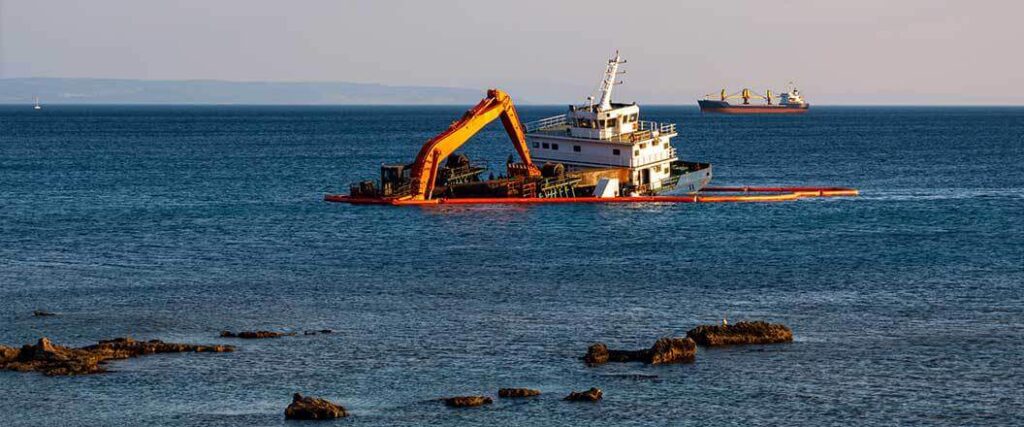Learning how to calculate cargo insurance on your own is less about exact numbers and more about grasping why prices can fluctuate as much as they do. As a shipper, you want to protect your cargo because it means protecting your investments. At the same time, you want to make sure that the price you are quoted is a fair one.
Insurance companies base cargo insurance calculations on several different factors. Whether the cargo is traveling by air, ocean, or land is a significant element. The type of insurance requested, the value of the cargo, and the likelihood of damage are other contributing points. Your safety record can also influence rates.
Find out what factors insurance companies are using to calculate cargo rates and how to secure the right kind of coverage for your shipping needs.

For starters, shippers need to understand that their preferred methods of transport greatly impact rates. If you normally ship products domestically by truck, air cargo rates can take you by surprise. The same goes for any sudden changes in shipping avenues.
All international and domestic cargo is going to move in one of three ways.
Every transport avenue and type of vehicle comes with its own inherent risks. It’s the job of insurance companies to calculate risk in terms of value. The greater the risk, the more liability the insurance company is on the hook for, so the more they will charge to ensure coverage.
To plan your cargo insurance budget, it's best to have a general idea of what companies consider to be high and low-risk shipments.
Cargo insurance is traditionally calculated based on the value of the shipment. This practice tends to hold true across all three shipping avenues although it only represents one aspect of the final calculation.
Someone wanting to calculate an estimate just based on the market value of their cargo can do so using the published rates of major parcel shipping services, like the US Postal Service (USPS).
The calculation for basic insurance coverage starts by assigning a price per $100 of a shipment’s value. Every $100 worth of product is considered a unit. Take ten percent of what you calculate and add it to the total and you have a reasonable estimate of what your additional fees will be.
You have a shipment worth $5,000. To find the estimate, you divide that value by 100 and then multiply the answer by the rate per unit ($100).
| Shipment Value | Divide by 100 | Multiply by $2.00 |
| $5000 | 50 | $100 |
The $100 at the end of the calculation represents your insurance premium. Ten percent of $100 is 10, which brings the total estimate to $110 for your shipment. Depending on your insurer, you may have to meet a minimum charge which could raise that estimate further.
Downgrading or upgrading your coverage options would affect the final calculation as well. There are usually three levels of coverage offered for cargo, each with its own pros and cons.
The three levels of coverage offered by most insurance companies are:
These types of coverage are offered by carriers and insurance companies working within each of the three shipping avenues. Of the three, the basic coverage is the one most likely to vary because it only covers the most common risks to cargo. Depending on what shipping method you’re using, common risks vary.
For example, on an ocean vessel, basic coverage might include loss of cargo due to containers falling overboard. Such events actually happen pretty often. However, freight traveling by plane might not cover such loss because it’s unlikely that a package or pallet is going to randomly fall out of the plane mid-flight.
The next major considerations for cargo insurance calculation are the type of commodity and the method of transportation. The average fragility and value of a commodity are both taken into account for insurance rate calculation.
On average, the list below represents commodities from most to least expensive in terms of coverage cost per unit.
Individual companies may rate some of these products higher or lower than what we’ve listed above. Certain carriers specialize in hazmat or vehicle transport which could make them appealing to insurance companies.
For the most part, the highest and lowest items are true across the board.
Jewelry, even if not fragile, has high value which makes it prone to theft. Meanwhile, non-perishable foods, like canned goods or dry powders, are valued lower in comparison and most thieves aren’t out to steal millions worth of canned beans.
Likewise, the risk of being damaged in transit is low. Most foodstuffs are packed, boxed, and palletized in a way that keeps them very secure during any kind of transport.

Next comes the method of transportation. While you may think that the most expensive forms of freight shipping also have the most expensive insurance rates, the opposite is usually true.
For the most accurate rate calculations, make sure that you are letting the insurance provider know you need cargo insurance rather than freight insurance. Simply put, cargo insurance is meant to protect a shipper's property while freight insurance is meant to protect the carrier and driver.
When companies know that you want to protect cargo, they will offer you different types of insurance depending on what transport modes you are using and whether the goods are traveling domestically or internationally.
The three main types of transport specific insurance plans are:
Within these there are similar coverage levels available, but companies distinguish between transportation modes because of the different risks associated with each.
These small differences can be overwhelming. If you are new to shipping and cargo insurance needs, we highly recommend you speak to an experienced cargo insurance provider working with a carrier or forwarder. These companies can provide valuable insight into the best practices for ensuring a variety of cargo commodities.
In the meantime, we’ll help you break down how rate calculation varies among the three types.
Ocean marine cargo insurance is offered to customers who plan on shipping their freight by ocean vessel. This would typically mean a container ship, but it can include Ro-Ro carriers, tankers, and other specialty ship designs.
The cost of freight shipping by ocean is much less than by aircraft. However, the insurance rates for ocean marine cargo are actually the highest in the industry.
Risks unique to ocean-going shipments which affect insurance rates include:
All this adds up to increased risk for the insurer. How much is that exactly? The actual cost difference will depend on the commodity itself. In terms of Standard Coverage Rates, you’re looking at an increase of between 55¢ to 11¢ per unit between air and sea rates depending on the commodity.
The range difference tends to stay the same whether you are shipping internationally or domestically. However, your starting price will be higher for international shipments.
These are rates per cargo unit. We can do a simplified breakdown of what this might look like for a commodity like frozen meat. Let’s consider that you have $50,000 worth of frozen chicken being shipped across the Atlantic. Commodity rates are based on industry-wide averages.
| Shipment Value | $50,000 |
| Divided by 100 | 500 |
| Rate per Unit of Frozen Meat* | $2.60 |
| Final Premium Estimate | $1,300 |
In terms of international rates, the most likely alternative would be air freight. All else remaining the same, the shorter travel time and more secure shipping environment mean the commodity rate is less.
| Shipment Value | $50,000 |
| Divided by 100 | 500 |
| Rate per Unit of Frozen Meat* | $1.75 |
| Final Premium Estimate | $875 |
While the commodities and rates will differ, the average price difference in your final estimates should remain about the same. In the example above, the difference between the final estimated premiums is $425.
If you normally ship by vessel but find you need to send an emergency shipment by air, your insurance company should be quoting you a lower air cargo insurance premium.
Another calculation that insurers need to make specifically for ocean going shipments involves the presence of Incoterms. Used to stabilize international trade rules, the CIF Incoterm is the one affecting insurance rates.
CIF stands for Cost, Insurance, and Freight and it defines whether a buyer or seller is responsible for those costs at any given point in the shipping process. With CIF, any cargo losses are required to be paid back at 110% of the value lost.
Let’s go back to the example of shipping $50,000 worth of frozen chicken. The insurance company calculates how much they may have to pay out by using a formula.
The formula will normally be listed in one of two ways:
Both formulas mean the same thing. If all $50,000 worth of chicken ends up at the bottom of the ocean because a container gets knocked overboard, then the insurance company has to pay out 110% of the value.
Without taking other values into account, such as profit loss or property damage, this means the insurance company is paying $55,000 for the total loss of the frozen chicken. CIF only applies to cargo that is shipped by ocean or waterway. Air and overland shipments do not need to take CIF Incoterms into account.
Despite these risks and the costs associated with them, shipping by container vessel is still the most common and least expensive way to transport goods internationally. When you are shopping around for insurance rates, recall that insurance underwriters are going to take the most extreme view of potential disasters.
This can make certain shipping methods seem worse than they are. The truth is that the vast majority of container shipments do make it to port safety.

For freight that can’t travel by ship, air freight services save the day. While the cost of air freight makes it cost prohibitive for the majority of mass shipping needs, you will at least catch a break on air cargo insurance rates.
Air freight and air travel in general are thought to actually be the safest mode of transport there is. Year after year, there are fewer aircraft accidents than shipping incidents or vehicle accidents. For insurance underwriters calculating their rates, low risk translates to lower cost.
Standard coverage will still include financial protection against the possibility of:
Where you may end up paying equally high insurance rates is in the transport of high-end items. No matter what way products such as jewelry, high-end art, or precious stones are traveling, they are equally prone to theft.
The sensitive nature and cost of high-end shipments mean that they are most likely to travel by air rather than ocean either way. The increased security and surveillance surrounding air freight may also cause the insurance companies to respond to claims faster because there is extensive documentation of all issues.
In short, air cargo shipping is expensive, but air cargo insurance rates usually aren’t.
Finally, there is inland marine insurance. Despite the word marine in the name, this type of insurance is for overland cargo traveling by truck or rail. Most marine cargo insurance companies will continue to provide coverage as goods are transferred to a land-based transport method.
Companies tend to do this because all the freight coming off ships still needs transport to a final destination in warehouses or distribution centers. This is where the word inland comes into play. Most will simply refer to it as land insurance to avoid confusion.
Insurance rate calculations for land insurance take into account things such as:
In some ways, these are the same things that drive up the cost of ocean marine insurance. However, each truck or rail car carries only a fraction of what a ship can, and there are thousands of trailers moving at any given time.
Because of the high volume, calculations for inland marine insurance rates are usually the least expensive of the three types of transport services.
There are insurance companies that focus only on overland travel. These are usually domestic insurance providers servicing shippers in North America, which includes Canada and Mexico. If the company further limits itself to only covering goods being shipped within the continental U.S., rates may be lower since there is no need to calculate for a border inspection touchpoint.
If you have questions about shipping practices, it's best to give experienced carriers a call. They may be able to offer consulting sessions where you can go over standard procedures for your shipping needs.

Now that we know how the transport method affects insurance rate calculation, we can focus on other factors that are universal.
Insurance rating comes up in two different ways, both of which can affect what you pay.
Or
All else being equal, you can get two different quote calculations for the same shipment from different companies. Before you immediately sign on with the cheaper one - check the company’s insurance rating. A company with a poor rating may impact your bottom line in the event you need to file a claim if they are known for delaying payments or denying claims for frivolous reasons.
Calculations based on your shipping history can also differ. A high rate from the start can be the result of:
While it seems a bit discriminatory to say that no history is bad history, insurance underwriters simply can’t calculate for something that doesn’t exist. Traditionally, mystery factors are high cost factors. Establishing a solid reputation for safety can eventually lower your personal rating and give you access to lower rates.
Assigning an actual calculation formula to insurance ratings for estimate purposes is difficult. Each company ultimately weighs things differently, so unless you have access to their exact policy standards, it really isn’t possible.
When selecting an insurance provider, you can also select the level of coverage in most cases. All risk insurance is a more comprehensive coverage that will protect you from all types of external damage unless it’s specifically excluded in the contract.
Some shipping companies will include all risk insurance automatically in their shipping quotes. Rates tend to be more even and most find the difference between standard and all risk insurance coverage to be quite reasonable.
All risk, sometimes called full risk, insurance will cost you more, but does provide significant peace of mind. However, there is a catch - your shipment has to qualify for all risk insurance.
Since all risk insurance typically pays you back all of the cargo worth plus profit loss, some goods and causes of damage are excluded because they are too high risk.
Damages not covered by all risk insurance include:
As with any business, you might be able to get these exclusions removed from a policy, but it will cost you. The more inclusive your cargo insurance is for any method of travel, the higher your insurance rate per unit calculations are going to be.
A manageable cost per unit is necessary so that insurance coverage doesn’t become cost prohibitive.

In examining your insurance quote, you may not actually see the word rate anywhere. What you will see is the word premium next to your actual cost.
A rate is an internal number, the cost per unit an insurance company is going to use to calculate your payment.
The rate might start as a flat price per unit. In the example earlier, we used a flat rate of $1.75 per unit of frozen meat to calculate the cost of air cargo insurance. The flat rate of a commodity goes up or down based on all the factors we have already discussed.
In review, these include:
Assigning a specific number to these beyond a basic commodity rate is the job of the insurance underwriter. We have simply shown you which factors may cause an increase or decrease.
A premium is an actual amount you will pay the insurance company. Your cost is referred to as a premium because it goes into a ‘pool’ of reserve cash. When you file a claim, the money you get paid back comes from that pool.
The pool is not yours exclusively, but one that is shared among everyone paying that company for insurance coverage. This is why it’s possible for you to receive payments back that can be more than what you’ve actually paid to date.
An insurance company makes its money from clients that always ship safely and don’t need to file frequent claims.
Understanding how premiums work leads us to our final factor in price calculation. Insurance coverage of any level is quoted at a higher rate for single shipments versus multiple shipments.
Shippers who move freight year-round are likely to pay their insurance premiums monthly. With this system in place, the insurance company knows it's making money all year long. Even if it has to pay out a claim, money is still coming in.
On the other hand, someone needing to insure a single shipment will pay a higher premium because it’s the only time that customer is contributing to the pool. If something were to happen, the insurance company is spending money to repay the claim without a system in place to earn any back.
If you truly want to learn how to calculate cargo insurance, the world of insurance underwriting is for you. If you want to ship products necessary for customers all over the world, then leave the calculation hassle to us at Freight Insurance Coverage.
Our experienced agents have arranged shipments and insurance coverage for goods traveling across every part of the globe. We focus on the numbers so you can focus on your business.
All-risk cargo insurance is offered for
Trust your cargo insurance needs to Freight Insurance Coverage and ship with confidence.
Call us today at 866-975-0749 to speak with a representative for more information. Already know what you need to ship? Get an online services quote today.
Freight Insurance Coverage
315 NE 14th Street #4122
Ocala, FL 34470